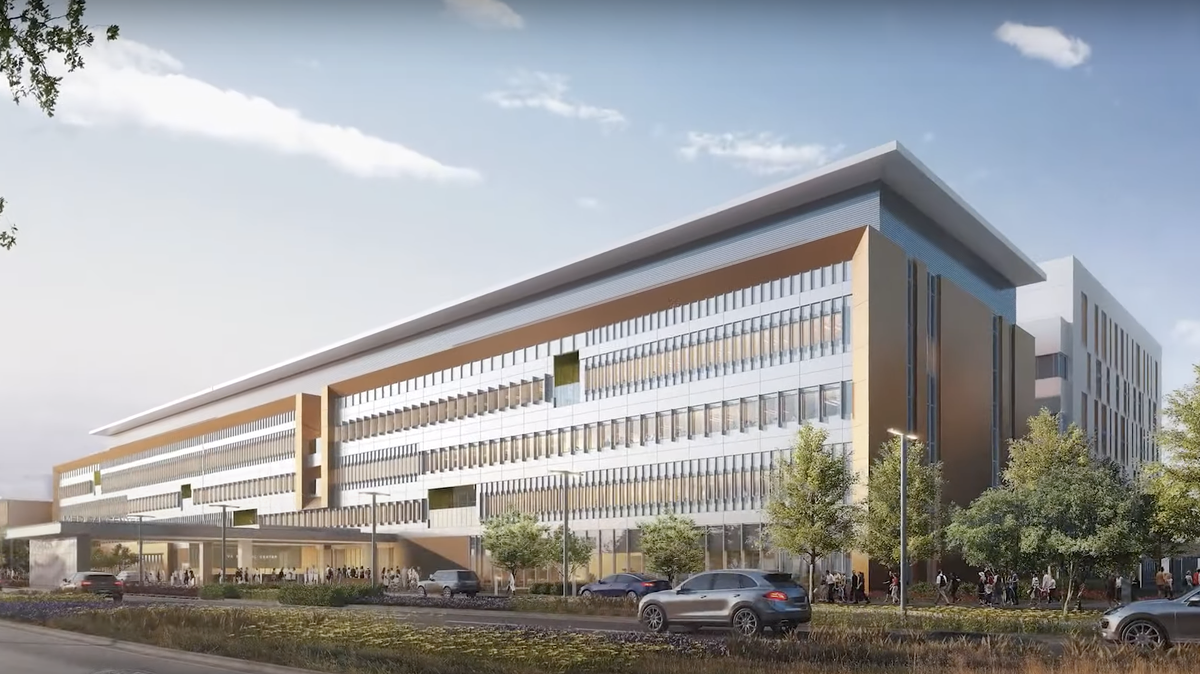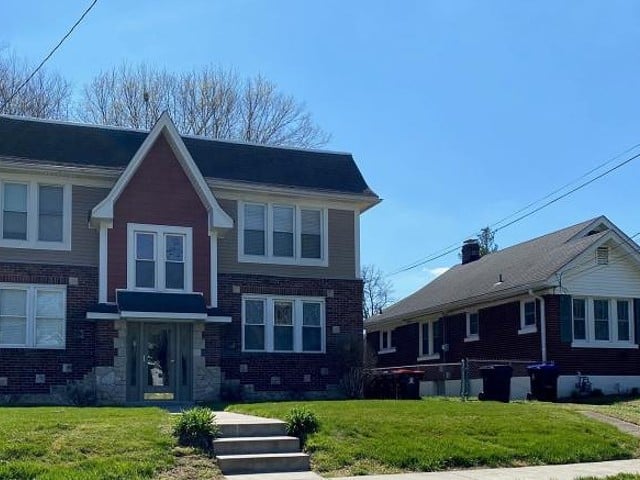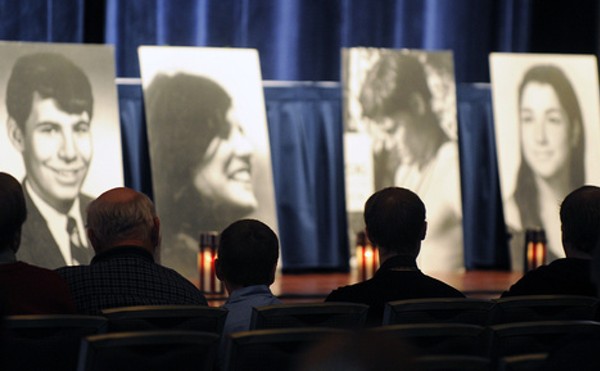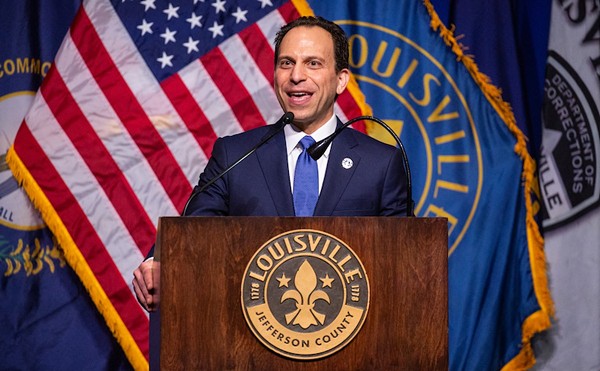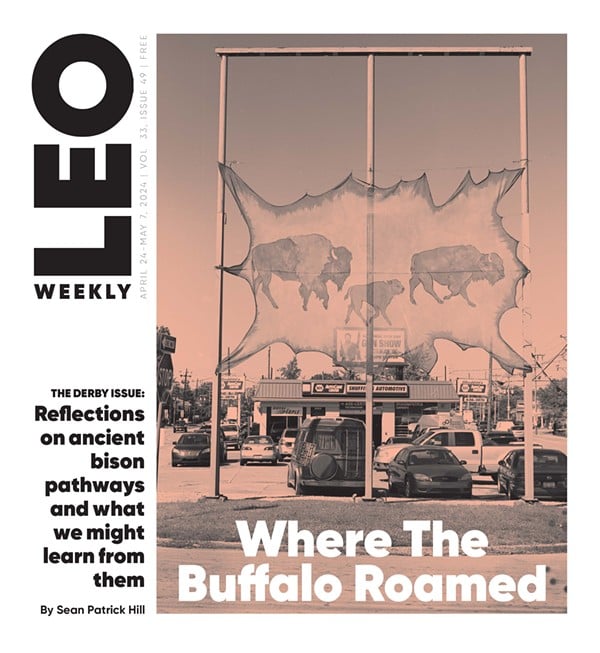In any meaningful architectural design a fundamental element is relating the building to the site. This can range from wide open, such as Fallingwater, to quite restricted, such as One World Trade Center. Wright allowed the building site of Fallingwater, a creek descending a rugged hillside within a hardwood forest, to inform his design completely. In contrast, One World Trade Center replaced the destroyed World Trade Center twin towers. It was built next to the twin tower footprints, which are now part of the 9/11 Memorial and Museum. Despite the site restrictions of One World Trade Center the building blends successfully with the skyline of lower Manhattan and the Hudson beyond.
Most buildings, of course, are designed with little to no thought given to the site itself and to surrounding areas. The new VA hospital on Brownsboro Rd. falls squarely into this category.
David Schulkin, the Secretary of Veterans affairs at the time of the final decision about the hospital’s location, did reduce the size of the project by eliminating a regional VA office building, and by downsizing the parking garage. Despite these changes, however, the complex is completely out of setting within the surrounding suburban landscape. The renderings show a disjointed façade that is far more industrial looking than suburban. Although a thirty-four acre site sounds large, in this case it is not large enough to set the complex apart visually from surrounding residential and commercial buildings, and from I-264. The main building dominates in both its overall footprint and its height.
However, this site, known as the Midlands, was in fact chosen. The site sits between the west side of the Crossgate neighborhood and I-264. So, could the design of the main building and the layout of the overall complex have worked better, resulting in less impact on surrounding areas? Yes.
The six-story parking garage, even downsized, could hardly be less attractive. Worse, it is placed in the front of the property. Had it been placed at the rear of the property it would have been less visible – an ancillary structure in an ancillary position.
The tract has enough acreage to have allowed the main building to be somewhat wider and longer, which could have reduced the height by two stories. As the structure stands now it looms across all of Crossgate. Such a reduction would have made little difference to Crossgate residents, or to the southern end of the Northfield neighborhood across U.S. 42. However, a shorter building would have made a very significant difference to the neighborhoods a little farther out, those along Rudy Lane, along Herr Lane, and across KY 22 from Ballard High School. Citing just one example, at the intersection of Ambridge Dr. and Rudy Ln., about half a mile distant, the building is now a significant part of the prospect. For these more distant neighborhoods the roof of a shorter building would have been kept below the tree line. Remember, this is a hospital, and so sections of all six floors will be lit twenty-four hours each day. These interior lights will, of course, be far more visible in winter. At its present constructed height the building is visible within a radius of about three quarters of a mile.
In explanation for the height are two possibilities only. Number one, this height evaluation was never imagined, and so never considered. Number two, it was realized and understood, but no one on the design team, or in the federal government/VA system, or in Louisville Metro Government, specifically Jefferson County Planning and Zoning, cared.
Also, was a dystopian guard tower, straight out of Fahrenheit 451, really necessary at the entrance? This oddly angular, three-story structure is what will greet visitors, that greeting being dominating and intimidating. This tower also looms, and is inescapable in the field of view of all passing nearby, or even somewhat nearby. Might a two-story building have sufficed, especially one faced with brick or faux-stone slabs? And again, was a shorter, more appealing building even considered? Did anyone in Metro government question the design of the tower that now exists?
True, regarding height there are two existing towers about one mile northeast of the new hospital. One is eleven stories, the other twelve. However, these are residential towers, both of which were designed, to some degree, with regard to setting. In particular, the easternmost, newer tower is extensively and creatively landscaped, which helps the building blend with the overall setting. It is covered largely with brick veneer, which is a significant part of the blending. The tower to the west, built in the early 1970s, has a brutalist look, and so blends less successfully in appearance, although the setback does regard the setting to some degree.
Both buildings have minimal exterior lighting, and interior lighting that diminishes increasingly as late nighttime hours progress into the early morning hours. Traffic flow is limited to residents, their guests, building employees, and service people. Hospitals, although not engaged in commerce as such, are de facto commercial facilities which, by the very nature of their purpose, are open twenty-four hours per day, seven days per week. As mentioned, certain portions of the new VA hospital, on all floors, will be lit at all times, as will the parking garage decks.
Highlighting just a few curiosities about the site, the hospital overlooks I-264 directly, and is in proximity to the constant noise and pollution coming from that road. Only one entrance/exit point exists, at a congested intersection of Brownsboro Road (KY 22) and an eastbound exit ramp off I-264. From about 3:00 p.m. to 6:00 p.m. every weekday this road, as well as U.S. 42 (which is also known as Brownsboro Road until the KY 22 intersection) are highly congested.
Why was this site chosen? I’m guessing the public will never know the ins-and-outs of just how the federal government came to decide on and then purchase this particular site. The proposed downtown site, near the existing medical complex, scored highest on accessibility and access to surrounding medical facilities. In 2013 the Kentucky Medical Association passed a resolution supporting the downtown site. In a 2015 report the VA’s own inspector general indicated the price paid for the site was $3,000,000 over actual value. In addition, of the five sites considered, this site carried the highest expenses in establishing infrastructure services.
Perhaps someday this project will be included in urban design curricula under what not to do.

